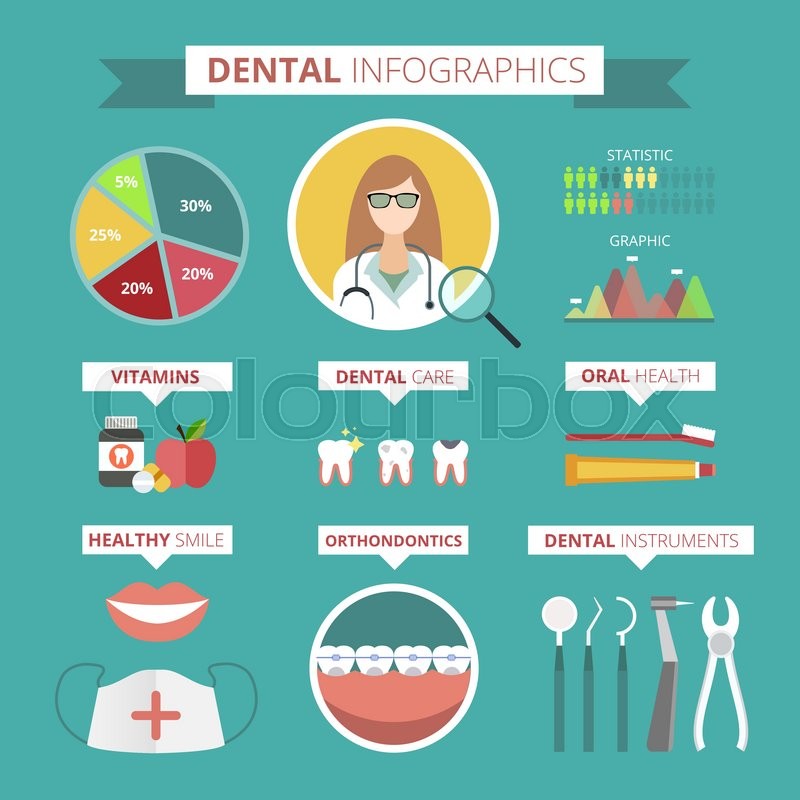Welcome to the globe of dental surgery, where advancements and advancements are forming the future of the field! In this exciting realm, you'll witness the transformative power of robotics, the advanced marvel of 3D printing, and the game-changing influence of minimally intrusive methods.
The future of dental surgery holds a pledge of precision, performance, and improved individual results. With the help of advanced robotics, surgeons have the ability to perform complex treatments with better accuracy and control.
3D printing innovation is revolutionizing the creation of oral implants and prosthetics, using customized services that fit effortlessly right into each individual's unique anatomy.
Additionally, minimally intrusive strategies are minimizing post-operative discomfort and healing time, permitting patients to go back to their daily lives earlier.
Prepare to explore the interesting technologies and advancements that are reshaping the landscape of dental surgery!
Improvements in Robotics
One major innovation in dental surgery is using robot modern technology, which permits accurate and effective procedures. With the help of robotic systems, oral doctors have the capability to perform complicated surgical treatments with enhanced precision, minimizing the threat of human error.
These robotic systems are furnished with innovative imaging technology and accurate tools that make it possible for surgeons to navigate through elaborate anatomical structures easily. By making use of robotic innovation, cosmetic surgeons can accomplish greater surgical accuracy, causing improved client outcomes and faster healing times.
Additionally, the use of robotics in oral surgery enables minimally intrusive procedures, decreasing the injury to surrounding tissues and advertising faster healing.
3D Printing in Dental Surgery
To enhance the field of oral surgery, you can check out the subtopic of 3D printing in dental surgery. This ingenious innovation has the prospective to change the way oral cosmetic surgeons operate and deal with patients. Below are 4 key ways in which 3D printing is shaping the area:
- ** Customized Surgical Guides **: 3D printing allows for the creation of very precise and patient-specific medical guides, improving the precision and effectiveness of treatments.
- ** Implant Prosthetics **: With 3D printing, dental cosmetic surgeons can develop tailored implant prosthetics that completely fit a client's unique composition, resulting in better end results and client contentment.
- ** Bone Grafting **: 3D printing allows hill country pediatric dentistry manufacturing of patient-specific bone grafts, lowering the need for standard grafting methods and enhancing recovery and recovery time.
- ** Education and learning and Educating **: 3D printing can be used to develop reasonable surgical versions for instructional functions, enabling dental specialists to practice complicated treatments before doing them on patients.
With visit here to improve precision, personalization, and training, 3D printing is an interesting growth in the field of oral surgery.
Minimally Invasive Strategies
To additionally advance the field of dental surgery, accept the possibility of minimally invasive methods that can substantially profit both doctors and clients alike.
Minimally intrusive strategies are transforming the area by minimizing medical injury, reducing post-operative discomfort, and accelerating the recuperation procedure. mouse click the following webpage include utilizing smaller lacerations and specialized instruments to execute treatments with accuracy and effectiveness.
By using innovative imaging innovation, such as cone beam of light calculated tomography (CBCT), surgeons can precisely intend and carry out surgeries with minimal invasiveness.
Additionally, making use of lasers in oral surgery allows for exact tissue cutting and coagulation, leading to lessened blood loss and lowered healing time.
With minimally intrusive techniques, patients can experience quicker healing, minimized scarring, and improved results, making it a vital aspect of the future of oral surgery.
Final thought
So, as you can see, the future of dental surgery is exceptionally promising, with amazing advancements and advances forming the area.
From the innovations in robotics to using 3D printing and minimally invasive methods, dental specialists are revolutionizing the method they supply treatment.
While some may stress over the possible price connected with these developments, it's important to keep in mind that these innovations ultimately enhance individual results and decrease recovery time, making them well worth the financial investment over time.
